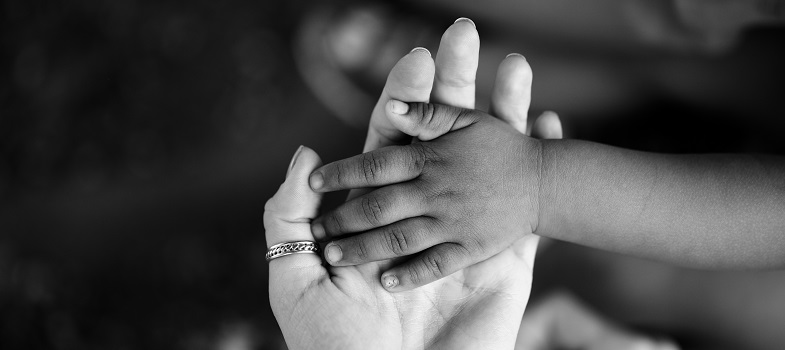Glossary
Special | A | B | C | D | E | F | G | H | I | J | K | L | M | N | O | P | Q | R | S | T | U | V | W | X | Y | Z | ALL
A |
|---|
C |
|---|
cerebral palsyA life-long condition caused by lack of oxygen and damage to the brain which results in difficulties with body movement and reduced muscle coordination. | |
Child’s PlanIf
a child or young person needs some extra support to meet their wellbeing needs
such as access to mental health services or respite care, the professionals
working with the child will prepare and co-ordinate support through a Child’s
Plan. Creating a Child’s Plan is part of the Children and Young People
(Scotland) Act 2014. More information is available at www.gov.scot/gettingitright | |
D |
|---|
dialysisDialysis is a procedure to remove waste products and excess fluid from the blood when the kidneys stop working properly. It often involves diverting blood to a machine to be cleaned. | |
K |
|---|
kidney transplantAn operation where a kidney is removed from a human being and transplanted into another human being. | |
kinship careThe raising of children by grandparents, other extended family members, and adults with whom they have a close family-like relationship such as godparents and close family friends because biological parents are unable to do so for whatever reason. | |
L |
|---|
Lead ProfessionalWhen two or more agencies (for example social work and health) need to work together to provide help to a child or young person and family, there will be a Lead Professional to co-ordinate the help. The Lead Professional is the main point of contact for parents. | |
looked afterSome children and young people have difficult life experiences that may mean local authorities, the Children’s Hearing system and the law courts need to get involved. The situation may lead to the child or young person becoming looked after by their local authority. A child may be looked after at home by their parents or looked after away from home through placement in foster, kinship or residential care. All children and young people who are looked after must have a regularly reviewed care plan. | |
M |
|---|
MakatonMakaton is designed to support spoken language – signs are used with speech in spoken word in order to help children and adults to communicate. | |
medical model of disabilityThis model links a disability diagnosis to an
individual's physical body. The model supposes that this disability may reduce
the individual's quality of life
and the aim is, with medical intervention, this disability will be diminished
or corrected. | |
N |
|---|
Named PersonA Named Person is a single point of contact who can work with a child and their family to sort out any additional help, advice or support if they need it. Health visitors, head teachers or senior teachers will be the Named Person for most children and young people, depending on their age. They will also be the main contact for children and families. | |
R |
|---|
reflectionSerious thought or consideration. | |
S |
|---|
social model of disabilityThis model says that disability is caused by the way society is organised rather than
by a person's impairment or difference. It looks at ways of removing barriers
that restrict life choices for disabled
people. | |
For further information, take a look at our frequently asked questions which may give you the support you need.
If you have any concerns about anything on this site please get in contact with us here.
